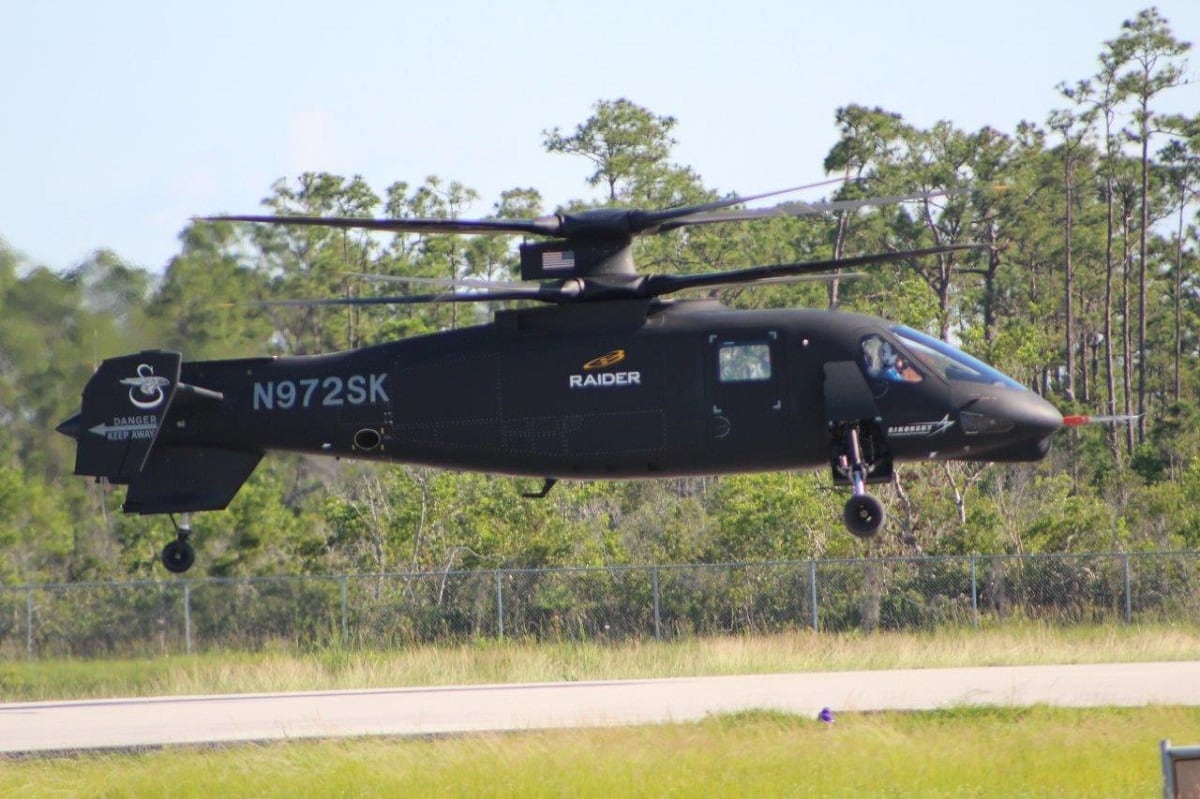WASHINGTON — The U.S. Army is aiming to get two future attack reconnaissance helicopter prototypes flying by 2023, according to a June 22 draft solicitation.
Posted to the Federal Business Opportunities website, the solicitation calls on industry to help refine the Army’s effort to solicit design and development plans for a Future Attack Reconnaissance Aircraft Competitive Prototype, or FARA CP ― part of the service’s larger move to procure a family of Future Vertical Lift aircraft in the early 2030s, if not sooner.
The Army has been talking about procuring an FVL family of helicopters for the better part of a decade and has debated whether to prioritize the pursuit of a medium lift helicopter to replace UH-60 Black Hawks and AH-64 Apaches. Alternatively, the service was considering buying an armed reconnaissance helicopter to fill the gap left from the OH-58 Kiowa Warrior’s 2014 retirement.
It became clearer in March, at the Association of the U.S. Army’s Global Force Symposium in Huntsville, Alabama, that the service would focus on pursuing both a long-range assault helicopter that would fit into the medium-lift category and an armed reconnaissance helicopter that would be considered a light aircraft.
RELATED

While the Army is in the throes of its Joint Multi-Role Technology Demonstration for one medium-lift prototype — Bell’s V-280 Valor — and is awaiting the first flight of its second prototype — Sikorsky and Boeing’s SB-1 Defiant — it’s unclear how the service might pursue an armed reconnaissance helicopter.
The draft solicitation shows the service would like to see four to six initial awards made in fiscal 2019 based on conceptual designs and approaches to build prototypes that meet the Army’s desired attributes.
Industry participants would have nine months to develop preliminary designs, according to the draft solicitation.
The Army would then down-select to two companies or teams after an initial design and risk review, it says. This is expected in the third quarter of 2020, the draft solicitation notes.
“The two companies/teams that are selected will proceed to detailed design, build, and test phase,” the document states. A final design and risk review will take place to move forward.
In the third quarter of 2022, the Army would move into a design review that will determine the entrance into a formal acquisition process.
The first flight of the two prototypes would be planned for the first quarter of 2023 and would fly through the fourth quarter, which would involve a test in an operationally relevant environment, or a fly-off.
Once the flight demonstrations are complete, the Army would transition the effort into a formal program of record in FY2024.
“The Army currently lacks the ability to conduct armed reconnaissance, light attack, and security with improved stand-off and lethal and non-lethal capabilities with a platform sized to hide in radar clutter and for the urban canyons and mega cities,” the solicitation states.
“To close this gap, the Army envisions an optionally manned, next-generation rotorcraft with attributes of reduced cognitive workload, increased operational tempo through ultra-reliable designs and extended maintenance free periods, and advanced teaming and autonomous capabilities,” the document reads.
The service envisions the aircraft teaming with unmanned systems and various air-launched effects. It would be “the center piece of the integrated air defense system breeching team to provide freedom of maneuver in a multi-domain battle,” the document states.
The helicopter would be the “ ‘knife-fighter’ of future Army Aviation capabilities” in a small package with “maximized performance,” it describes.
The service wants the designs to consider moving from a competitive prototype into the engineering and manufacturing development phase, which includes taking into account modern tools and process and manufacturing capabilities.
Both Bell and Sikorsky have said they would participate in a competition to build the armed reconnaissance FVL aircraft once the Army moves forward. Both said they were awaiting the draft solicitation to develop game plans.
Bell’s program director for FVL, Keith Flail, said June 18 following the V-280 Valor’s first public flight demonstration in Amarillo, Texas, that the V-280 technology is scalable. And Bell’s executive vice president for strategic pursuits, Jeff Schloesser, added that Bell has a legacy of providing an armed reconnaissance helicopter for the U.S. Army — the Kiowa itself.
RELATED

Sikorsky, which is now owned by Lockheed Martin, has long touted its S-97 Raider —which uses its X2 coaxial technology — as a solution for a light-attack future helicopter for the U.S. Army. The company has even modified the helicopter to accept the service’s future Improved Turbine Engine Program engine.
Sikorsky “is reviewing the draft and we are looking forward to working with the U.S. Army to support its operational needs,” Tim Malia, Sikorsky’s director for FVL light, told Defense News in a June 22 statement. “The attack reconnaissance capability of our X2 family adds significant war-fighting value with its ability to fight for information, and we are ready to ensure Army aviators have an exceptional aircraft for this mission.”
The Army notes that the final version of the solicitation is anticipated in September 2018, with design proposals due in December. Awards will be made in June 2019.
Jen Judson is an award-winning journalist covering land warfare for Defense News. She has also worked for Politico and Inside Defense. She holds a Master of Science degree in journalism from Boston University and a Bachelor of Arts degree from Kenyon College.








